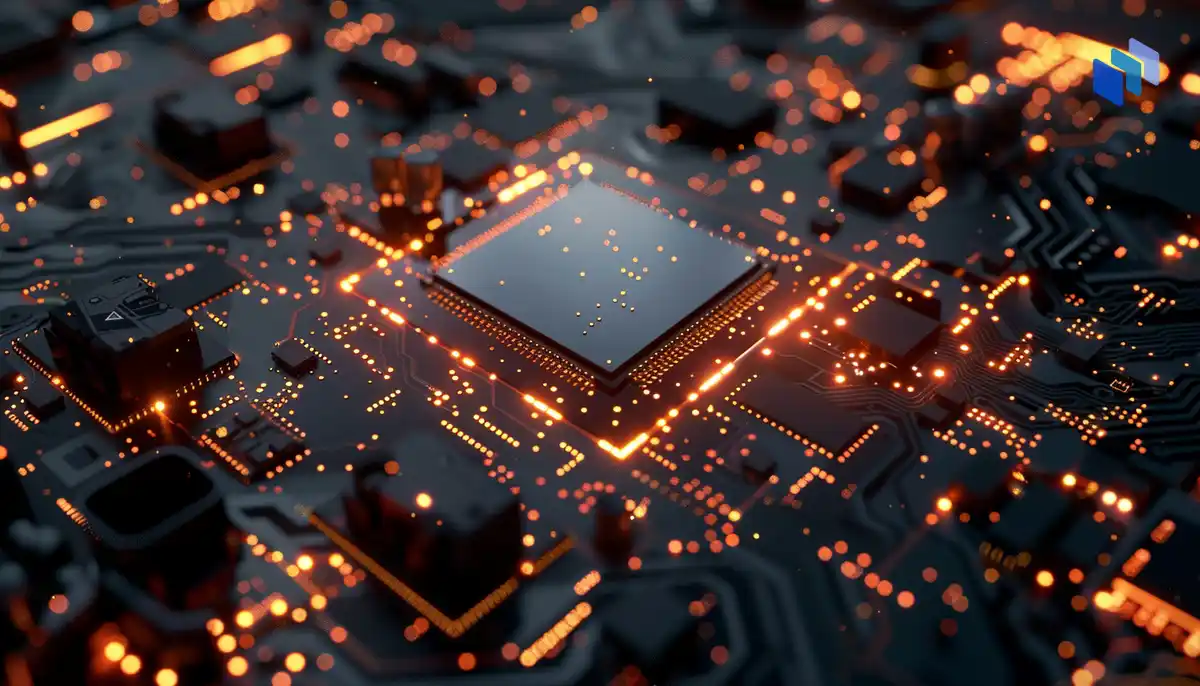The competition between Intel and AMD can not go unnoticed, as technology enthusiasts eagerly await the next leap forward in Central Processing Units (CPUs) — likely to be Intel’s 15th gen ‘Arrow Lake.’
With AMD making profound gains in this sector, Intel may be on a hot chase to catch up — Intel’s Arrow Lake may be the answer, with the processor set to launch later in 2024.
This next-gen Intel CPU is expected to outshine the current Raptor Lake 14th-generation model. Speculation suggests that Intel may launch Arrow Lake alongside another low-power version to maximize Intel’s framing capacity. It may also ditch one of Intel’s most long-standing features: hyperthreading.
We have researched and gathered from the rumor mill to see what we can uncover from Intel’s next gen CPU, including the expected release date, specs, and potential performance level.
Key Takeaways
- Intel’s 15th-generation CPUs, codenamed ‘Arrow Lake,’ are expected to launch between October and December 2024 and will compete with AMD’s Ryzen 9000 series.
- Arrow Lake is rumored to use a 2nm process node architecture (Intel 20A), a significant improvement over the 7nm process in the 14th Gen chips.
- A new LGA 1851 socket design with support for DDR5-6400 RAM and potentially PCIe 5.0 is anticipated, requiring new motherboards.
- Performance cores may remain capped at eight, but efficiency cores could increase to 32, and hyperthreading may be removed.
- Leaks suggest around 15% multi-core and 5% single-core performance gains over the 14th Gen, though final specifications are still unconfirmed.
When is Intel’s 15th Gen Coming Out?
Expected Launch Date: October – December 2024
The exact launch date for Intel Arrow Lake is not known yet, but based on previous model releases of 12th Gen (October 27, 2021), 13th Gen (October 20, 2022), and 14th Gen (October 17, 2023), we may see a pattern emerging.
For this reason, we expect the Intel 15th Gen release date will be from October 2024 onwards.
However, some rumors suggest that laptops equipped with this CPU may not be available to consumers until early 2025, even if the new Intel chips are released later in 2024.
We may also expect this release date to fall within the timeframe that Intel’s rival AMD releases its AMD Zen 5-based Ryzen 9000 processors, which are expected within the second half of 2024.
What New Features Should We Expect in Intel 15th Gen?
Key Feature: 2nm Process Node Architecture
While we don’t have any raw specifications for Intel 15th Gen Arrow Lake processors now, speculation suggests the highlight of this CPU will be the transition to Intel’s 20A process node, which is equivalent to a 2nm process node architecture.
Though not confirmed yet by Intel, this node architecture will be a great step forward, since its current 14th Gen models are still stuck on Intel 4, which is said to be equivalent to 7nm. In simple terms, smaller process nodes like the 2nm will allow Intel to squeeze more transistors on the CPU, translating to a faster performance level and power efficiency.
Arrow Lake is also slated to employ a tile-based design which will make performance and efficiency cores run alongside an onboard graphics processing unit (GPU) and other accelerators for artificial intelligence (AI) and video transcoding. Laptop computers will likely use Intel’s minimal power Efficiency cores to improve battery life in low-power modes.
Intel 15th Gen Potential Performance Level
New Socket Design, Same Efficiency Cores
Some leaks show that performance core numbers in Arrow Lake will not increase as the next intel CPU will still maintain 8 Performance (P) cores. At the Allow Lake launch, the Efficiency is purported to likely stay the same with up to 16 Efficiency (E) cores at the top end and up to 32 E cores at the post-mid-gen refresh.
Rumors of a new socket design for the Intel next gen CPU have been flying around for a while now. If the leaks and speculations turn out to be true, then the Intel 15th Gen socket will now have the new LGA 1851 design, with more pins than the 13th and 14th Gen, which are on LGA 1700 designs.
The outcome is that you won’t be able to upgrade from the previous generations’ laptops directly.
One striking thing about this potential socket design is that it will bring a new generation of motherboards with DDR5-6400 modules and not DDR4 on their boards. Some also speculate that the boards will support Thunderbolt 5 and PCIe 5. This will surely increase the memory speed of Arrow Lake. Nothing is confirmed yet, but we expect this to be true as it would give Intel more ground to compete with AMD.
Hyperthreading removal is another change people are eager to know if it will come true in the Intel 15th Gen Arrow Lake.
Based on Intel’s antecedents of removing this multithreading technology in the sub-top-tier models of the 9th generation, it’s possible Intel will ditch the feature completely in the Arrow Lake. We hope this is true, as it will allow the performance cores to stretch their legs on demanding tasks.
Intel 15 vs. 14 Gen — Will There Be Any Difference?
Some technology enthusiasts are already saying that Arrow Lake will have a 15% gain for multi-core performance and a 5% uplift in single-core performance. If all the speculations are true, then we will have an Intel CPU with a 2nm process node architecture, which is different from the 14th-generation processors with 7nm.
| Features | Intel 14th Gen | Intel 15th Gen Arrow Lake |
| Process node | 7nm | 2nm (20A process) |
| Memory Support | DDR4 | DDR5-6400 |
| Socket Design | LGA 1700 | LGA 1851 |
| Cores | A total of 24 cores | Up to 8 P-Cores and 16 P-Cores (rumored) |
| Performance increase | – | Up to 15% gain (rumored) |
As rumors are replaced with leaks and news, and eventually a release, we will update this article.
The Bottom Line
While there are plenty of powerful CPUs in the market capable of handling most functions for gaming enthusiasts, the tantalizing specs and figures that the next gen Intel CPU is speculated to have will place Intel in good stead for the future — especially in a world where AI demands higher performance.
The new generation motherboards, the tile-based design for performance, and the new Intel 20A process nodes are just a few of the great additions. We can’t wait to see if all the leaks and rumors are true. For now, we will only have our fingers crossed and see if Arrow Lake will surely be a boom or bust.






